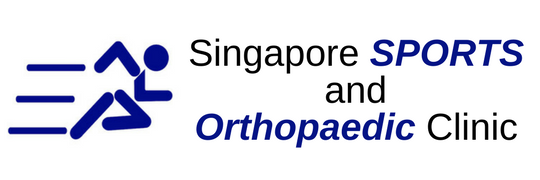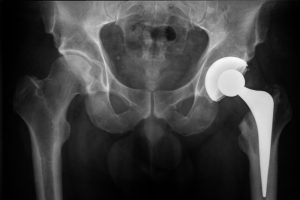Lisfranc or midfoot injuries are often the results of broken bones in the midfoot or torn ligaments. Lisfranc injuries can vary from complex to simple depending on the number of joints and bones that are involved. Many patients often mistaken their midfoot injury to that of a simple sprain. As a result, many choose to self-medicate with pain relief cream. However, Lisfranc injury is not as simple as it seems and may even require surgery in some cases.
Located in the midfoot are clusters of small bones forming an arch at the top of the foot. There are five long metatarsal bones extending to the tones and ligaments and tendons hold the bones in place. However, there are no connective tissues holding the first metatarsal to the second metatarsal.
Lisfranc injuries can occur due to either direct or indirect trauma. Direct trauma is often result of an external force striking the foot while an indirect trauma occurs due to a force transferring to the stationary foot that deforms the foot. The foot is a smart system that is divided into three different sections namely the hindfoot, midfoot and forefoot. The role of the midfoot is to translate force and provide rotational stability and it is the keystone for plantar flexion and dorsiflexion. Therefore with a lack of dorsal support, the load acting on the foot is sufficient to cause dorsal displacement, leading to broken bones and/or ligaments.
The earlier a Lisfranc joint injury is diagnosed, the better it is for both patient and doctor. An initial clinical evaluation involving radiographs such as x-rays and MRI will be performed to indicate the probability of a mild, moderate or complex sprain. If diastasis is not present, immobilisation will be needed. This will include the usage of an immobilisation cast for a period of four to six weeks followed by limited movements. After six weeks, rehabilitation exercises need to start immediately. This is due to the bone being a piezoelectric material and will resorb after periods of inactivity.
If surgery is needed, it will be performed within 24 hours of the injury or after 10 days to allow for the drainage of bodily fluid due to swelling. Kirshner wires will be used to fix the bones together and bone fragments will be removed. After surgery, patients need to be immobilised in a cast for up to 12 weeks with minimal movements.
Some people will no longer be able to return to pre-injury levels of activity after a midfoot injury despite advancement in medical technology.






